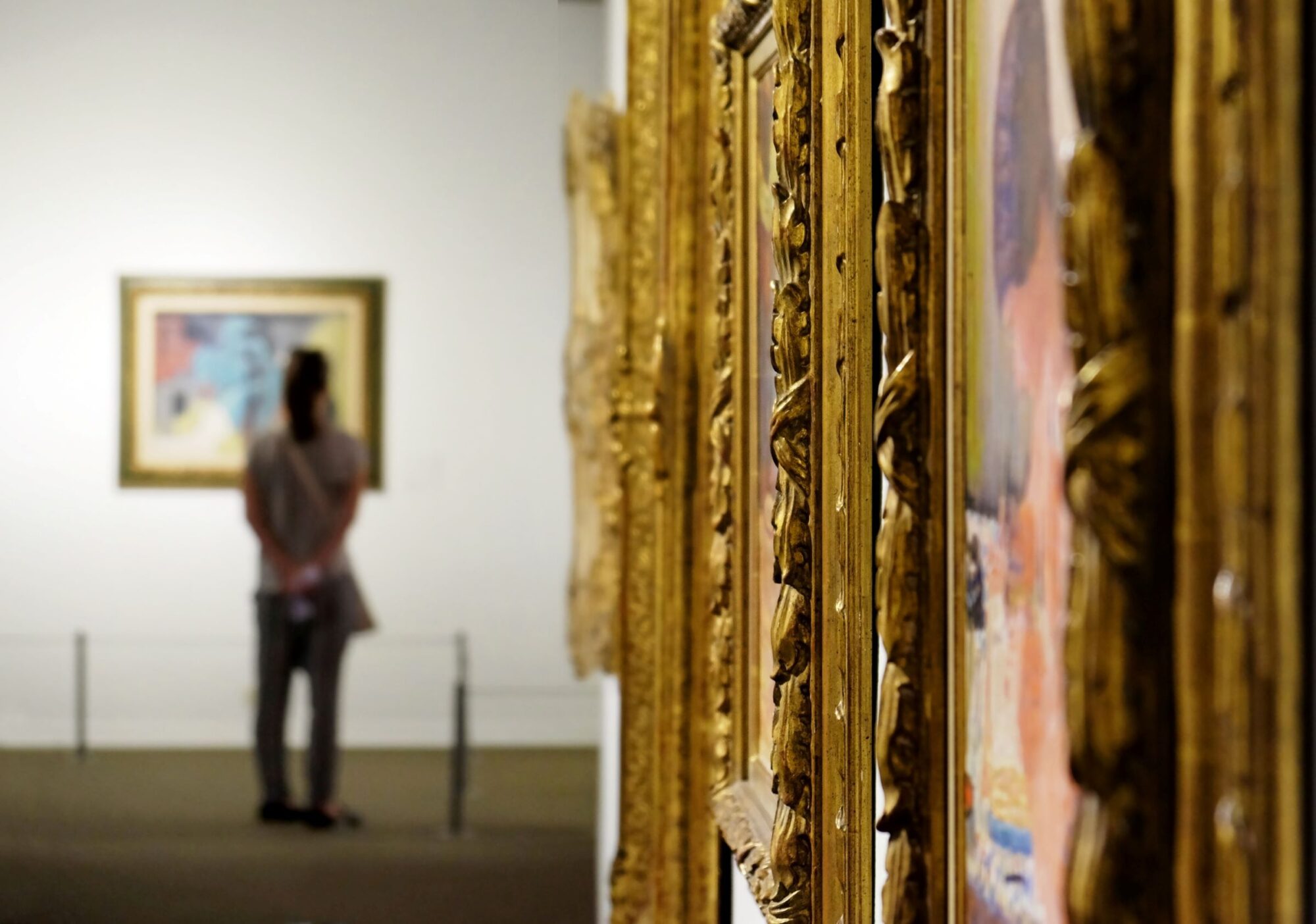At DOC, we have a strong involvement in this sector and have witnessed the frustration of clients trying to balance COVID guidance with the desire to create an authentic visitor experience on reopening.
In fact, there are two very distinct types of indoor attraction when it comes to release from lockdown. First there are the galleries and museums – what I call the ‘static’ venues – where it is fairly easy to manage the flow of visitors using timed entry and one-way systems, and where the visitors quietly enjoy the exhibits. Then there are the theatres and concert halls, where the audience floods into the venue in a short time window, mingles in the bars, gets up together to stretch their legs at the interval, and floods out again at the end of the performance. Back of house is just as frenetic, with performers rehearsing and support staff buzzing all over the place. Apart from a plane or train, it is hard to imagine a more challenging environment in which to manage the risk of transmitting infection.
For those institutions who receive little or no public support – and there are many well-known venues that fall into this category – there is the added headache of getting enough customers through the doors at performances to at least break even. My understanding from speaking to clients is that this is a complex calculation. Some venues rely heavily on bars and catering to make money and need upwards of 80% of seats to be sold for an event to be financially viable.
What are the implications for cleaning? Well, it would be a huge understatement to say that client management at the venues are sensitised to the risks. They have been working out the best way to maintain safe conditions and we are doing our best to support their efforts. In the ‘static’ venues, there will be a major focus on frequent touchpoint and washroom cleaning alongside the provision of hand sanitisers and the removal of bins containing disposable PPE. We will be employing data analytics to monitor throughput of certain areas and help us redeploy resources in line with usage.
At the live venues, where performers are rehearsing in studios during the day and where audiences are in contact with seats, lifts, stairs, and washrooms during performances, we are adopting a two-pronged approach. We will be delivering periodic fogging in combination with a highly flexible janitorial service. Staggered shifts will be the order of the day, as will short notice changes in client requirements in response to changes in event schedules whilst everything settles down.
In the background, we have been busy working alongside clients to identify and eliminate risk as part of our DOC ‘SecureZone’ programme, designed to protect all our stakeholders going forward. In addition, we have been loading new videos to our training and engagement platform, UhUb, focusing especially on COVID-19 awareness. These activities form part of our ‘employee back to work plan’ for each client sector, which also includes guidance on first aid and mental health.
Even though infections are in decline and the mood in the country is positive, in the arts sector there is no sense of COVID’s influence on our work receding any time soon – more a feeling of it being here to stay. Of course, this is not just true of the arts sector. I am sure I speak for all contractors when I say that whilst there has never been a more challenging time to be a cleaning contractor, we have never felt so engaged with clients and staff alike.
Published in May issue of Tomorrow’s FM.
